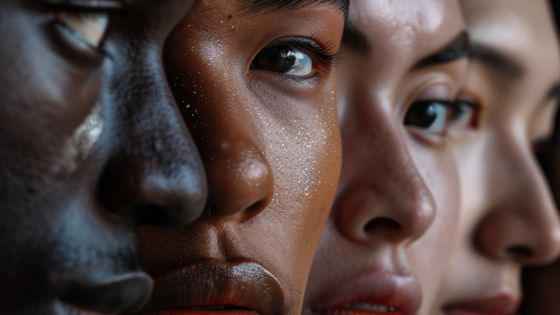on
BY SIMONE J. SMITH
For our resolution readers, how many of you have added learning a new language on their resolution list?
For anyone who has wanted to learn a new language, you can acknowledge that learning a new language, as an adult, can be more difficult than it is for children, whose super-flexible brains actually grow the connections necessary to learn an additional language.
Why is it so hard to learn a new language anyway? Put simply, it’s hard because it challenges both your mind (your brain has to construct new cognitive frameworks) and time (it requires sustained, consistent practice).
Well, I believe that I have come across something that will change the dynamics around learning a new language, and will hopefully make honouring your resolution a little easier.
Since 2002, LingQ has provided over 3.5 million language learners with their content-based language-learning app. LingQ offers 40 languages to users around the globe on their web and mobile platforms.
The father and son founding team of Steve and Mark Kaufmann originally developed thelinguist.com in 2002 and rebranded it as LingQ in 2007. LingQ is one of the pioneers in language app development focused on web and mobile delivery only. They have developed one of the largest foreign language libraries of authentic and interesting content. To ensure success, LingQ measures everything that students do including the number of words the student knows, how many words are learned, and statistics on: writing, speaking, listening, and reading.
They most recently released LingQ 5.0, a complete redesign of its previous 4.0 version. With improvements to previous features and the addition of new ones, the new 5.0 has created one of the most comprehensive language learning environments available to students of all levels.
“Our objective at LingQ is to have the very best digital language learning app in the global market and I believe that LingQ 5.0 does that,” said Mark Kaufmann, CEO and Co-founder of LingQ. “We have been in this business 20 years this year, and all our experience and knowledge of the market and end user has gone into the new version. In addition to what our users have asked for, we are delivering to consumers what the industry has identified as the top features and interface designs for language learners. LingQ allows learners to go much further with their language comprehension than most other language learning apps. Our platform’s ability to be customizable and secure makes it perfect to teach language learning to all levels of institutional education and for business training.”
Learners have the ability to create their own personalized playlists, and decide whether to use audio, video or print to learn. The content is mobile and can be hands-free with auto play audio to text (if desired). Content is downloadable so it is available anywhere, anytime from a: smart phone, tablet, or computer.
I had the opportunity to speak with Steve Kaufmann, co-founder at LingQ. He currently speaks 20 languages and has been learning languages for 55 years. He has been featured in Men’s Health, The Huffington Post, and on CBC, and he confidently shared with me, “Compelling content has always been the key to my language learning. However, it took me 45 years to learn nine languages the old way, but only 10 years to learn seven more on LingQ.”
“Tell me about your introduction to the all-in-one language learning ed-tech market, and what made you want to be in this space?”
“I was born in Sweden and moved to Canada when I was five years old. All of a sudden, I was speaking English. I had a professor in McGill who motivated me to learn French. If you are motivated to learn something you will learn it. I started studying Mandarin Chinese on my own, and then I was transferred to Japan, and learned Japanese. I stayed in Japan for nine years, and all I did was listen and read, listen and read.
When you learn one, you can continue to learn. The attraction of language is that once you learn the language, you begin to learn the culture.
It didn’t start with us thinking about the market. It was based on people. People started exchanging their own stories. Our system was very clunky at first, but we eventually smoothed it out.”
“Tell me the type of work that goes into putting together a platform like this?
What have been some of your challenges,” I queried?
“The challenge comes with staying abreast of the technology as it changes. Then there are marketing challenges: people have to be motivated to learn the language. You have to take into consideration the: attitude of the learner, and time spent learning the language.”
What I am going to do this year is take on the challenge of learning a new language using LingQ. I will keep the community posted on how well I am doing using the LingQ system.
Wish me luck!
Stay in the loop with exclusive news, stories, and insights—delivered straight to your inbox. No fluff, just real content that matters. Sign up today!
We, as humans are guaranteed certain things in life: stressors, taxes, bills and death are the first thoughts that pop to mind. It is not uncommon that many people find a hard time dealing with these daily life stressors, and at times will find themselves losing control over their lives. Simone Jennifer Smith’s great passion is using the gifts that have been given to her, to help educate her clients on how to live meaningful lives. The Hear to Help Team consists of powerfully motivated individuals, who like Simone, see that there is a need in this world; a need for real connection. As the founder and Director of Hear 2 Help, Simone leads a team that goes out into the community day to day, servicing families with their educational, legal and mental health needs.Her dedication shows in her Toronto Caribbean newspaper articles, and in her role as a host on the TCN TV Network.












